#pnw history
Explore tagged Tumblr posts
Text

Mount Rainier National Park Archives Photo of the South Blockhouse in 1930.
#HistoricMountRainier The design of the Sunrise area departs from the “NPS Rustic” style set by the Longmire Area, and is instead inspired by early territorial outposts of the Pacific Northwest. Two “blockhouses”, a visitor center, and a stockade fence that hides the area’s utility yard are collectively known as the Yakima Park Stockade Group. The Stockade Group is separately designated as a National Historic Landmark for its architectural significance in addition to being part of the Mount Rainier National Historic Landmark District.

Mount Rainier National Park Archives Photo of the Sunrise Visitor Center under construction circa 1943.
The Stockade Group was not built simultaneously. The South Blockhouse was one of the first buildings to be built in the area in 1930. It served as an interpretive center and ranger station until the visitor center was built in 1943. The North Blockhouse was completed in 1944. Both blockhouses currently serve as employee housing.

NPS Photo of the Yakima Park Stockade Group in 2015.
Have you visited Sunrise during the summer and stopped in the historic visitor center?
#mount rainier national park#mount rainier#Sunrise#Sunrise Visitor Center#Yakima Park Stockade Group#national historic landmark district#national historic landmark#history#architecture#PNW History
34 notes
·
View notes
Text

"In Season of Shattered Dreams: Postwar Baseball, the Spokane Indians, and a Tragic Bus Crash That Changed Everything, Eric Vickrey details the series of events that occurred before, during, and after the heartbreaking accident. Vickrey chronicles the often-overlooked impact that the end of World War II had on the major and minor leagues, now crowded with players returning from military service. The Spokane Indians were no exception, with several top prospects and former big leaguers arriving that season. The journeys of three Spokane players in particular—Vic Picetti, Ben Geraghty, and Jack Lohrke—reveal the impact of the war on players’ lives, the struggles of a minor-league career, and the devastating impact of that catastrophic crash."
7 notes
·
View notes
Photo

Allen Ervin Flowers (left) and Louisa Flowers (right). Photo taken 1910-1928. Published by the Oregon Historical Society. Photographer unknown.
According to OHS, a note on the back of the photo reads “Mother and Dad Flowers on farm, north slope Mt. Scott”.
2 notes
·
View notes
Text
"A more substantive wave of Chinese migration to the Pacific Coast of the United States occurred over a half century later, in a more direct consequence of Western imperialism. Eager to control trade in Asia and to force open new markets, the British and other Western powers waged two wars with China known as the Opium Wars. The first was fought from 1839 to 1842 and the second from 1856 to 1860. China lost both wars and was forced into a series of unequal treaties that opened ports to foreign commerce, ceded Hong Kong and other territories to Western control, and granted extraterritoriality to British subjects and their allies operating in China."
- Seattle from the Margins (2022) by Megan Asaka, p. 32-33
Hmmm...now where have I heard recently about the US citing the control of trade as a valid reason to bomb certain parties exercising their right to sanction against commissions of genocide...
0 notes
Text
In 2021, Lin, a molecular evolutionary biologist, was working as a postdoctoral fellow at the Smithsonian Institution’s National Museum of Natural History in Washington, DC when she came across a Hakai Magazine article about some very important, very furry little dogs. In February of that year, we published a feature by Virginia Morell about the wooly dog, an extinct dog breed domesticated by the Coast Salish people long ago. On the shores of the Pacific Northwest, Coast Salish people bred, raised, and sheared these dogs, using their wooly hair to weave blankets that were at once practical—the region is cold and damp—and symbolically and culturally significant.
Lin was stuck at home because of COVID-19 restrictions when she stumbled upon Morell’s story on social media. Like many people, Lin had never heard of wooly dogs and was unaware of the longstanding Coast Salish practice of canine husbandry. The piece piqued her interest. She was hooked by the image conjured in the story: “of these flocks of white hairy dogs surrounding a powerful woman.”
But to Lin, one detail in the story stood out above the rest: the tale of Mutton, a dog whose pelt, it turned out, had spent more than 160 years housed right where she worked.
1 note
·
View note
Photo

Horses hauling a spruce, Washington state, 1905, photo by Darius… https://ift.tt/2x6Fk0S
#Washington#logging industry#deforestation#1900's#Darius Kinsey#Washington State#Pacific Northwest#Washington State History#PNW History#History#vintage photography#these pictures are so sad to see#we could have had glorious old growth forests here if not for the logging industry
80 notes
·
View notes
Text
something something american necropolitics the tillamook county creamery association found online on tillamook dot com that sells many dairy products in the united states under the brand name tillamook has no relationship and makes no acknowledgement of the tillamook people from whom it get its name. the name comes from the chinook translation of the people of nehalem. early contact with european sailing ships is dated to the 1770s. in 1805 lewis and clark's "discovery" expedition noted at the time that many large villages had been depopulated by pandemics and many adults had smallpox scars. this followed a period of fur trading with the involvement of hudson bay corporation. in 1850, the us govt passed the oregon donation land act, announcing over 2,500,000 acres of land as available for settlers to seize, which happened in patterns whose violence mirrors that of the continent. there was no treaty. in 1907, the tribe sued and was paid 23,500 dollars for the land the us govt has seized from them when it forced them onto the siletz reservation. the tillamook language is a salishan language that lost its last fluent speaker in 1970. many descendants are considered part of the confederated tribes of siletz. other nehalem are part of the unrecognized clatsop nehalem confederated tribes. the nehalem-tillamook were also socially and economically integrated with the clatsop peoples. today the town of tillamook has a population that is only 1.5% native american. the modern day corporation started as a settler coop created in 1909. it is the 48th largest dairy processor in north america and posted $1 billion in sales in 2021.
#sometimes i see an interesting word or name in the us and inevitably its history is something like this#but i hadn't seen an actually brand named after a tribe yet that made no acknowledgement of it#pnw#<- idk local history tag
1K notes
·
View notes
Text
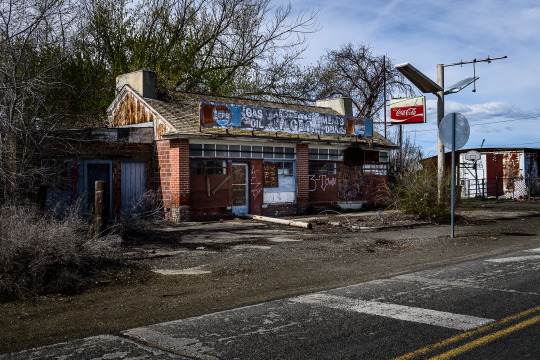
Rural Decay Brownstown, Washington - April 2024 Photographer: Chris Rummel
#photographers on tumblr#original photograph#original photography#original photographer#pnwphotographer#washington state#pnw#nikon#decay#abandoned#history
288 notes
·
View notes
Text
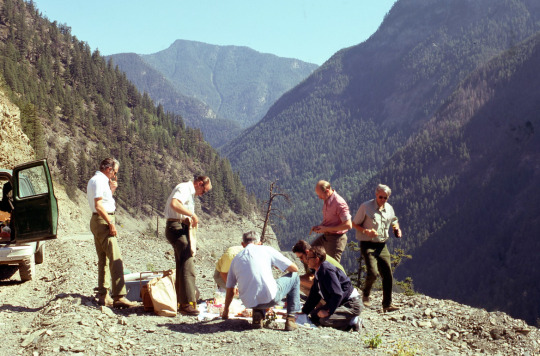
A group of entomologists stop for lunch somewhere in the Cascades Oregon
1975
#vintage camping#campfire light#oregon#PNW#cascade mountains#washington#BC#entomology#camping#history
608 notes
·
View notes
Text

#washington state#pnw#dark aesthetic#claquato#claquato church#church#oldest standing church in WA#WA history#photography#mine
62 notes
·
View notes
Text

the ship yards in aberdeen, washington real photo postcard by edwin patton, ca. 1910s
65 notes
·
View notes
Text
youtube
This is a great lecture for those interested in grunge fashion, especially for historian and writing purposes! MOHAI (Museum of History and Industry) is a museum that focuses on the history of Seattle and Washington as a whole.
My favorite tidbit from this lecture is that Chris Cornell wore Doc Martens, but Doc Martens were considered an expensive shoe at the time (and still are). When it comes to "grunge" fashion, most early wearers started out with combat boots from local Army Surplus. The main reason Chris wore Doc Martens was because his girlfriend at the time, Susan Silver, worked at a shoe store that carried Doc Martens, so he was able to get them on discount. Chris Cornell pioneered the Doc Martens stereotype for grunge style.

The source came from Almost Live!: The Show That Wouldn't Die. The series Almost Live offers a pretty good depiction of PNW fashion in the '80s and '90s due to the fact that most of the cast members had to supply their own clothes for sketches.
#seattle#fashion history#pnw#chris cornell#doc martens#thrift fashion#Youtube#grunge#grunge aesthetic#fashion#soundgarden
34 notes
·
View notes
Text

Punjabi Rebels of the Columbia River traces the stories of the radical Indian independence organization known as Ghadar and Bhagat Singh Thind’s era-defining US Supreme Court citizenship case. Ghadar sought the overthrow of India’s British colonizers while Thind utilized sanctioned legal channels to do so.
#uwlibraries#history books#asian american history#PNW history#political history#history of india#american history#legal history#british history#colonial history
4 notes
·
View notes
Photo
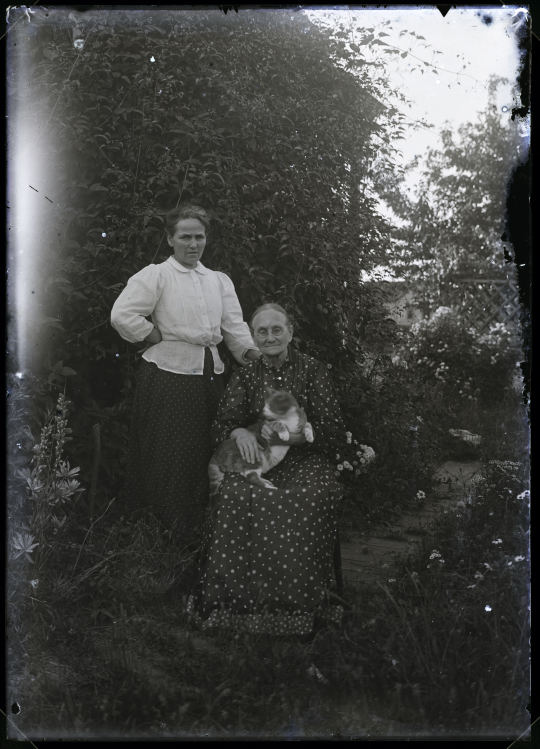
Two women, names unknown. Photo taken 1904-1906. Published by the Oregon Historical Society. Photographer unknown.
3 notes
·
View notes
Text
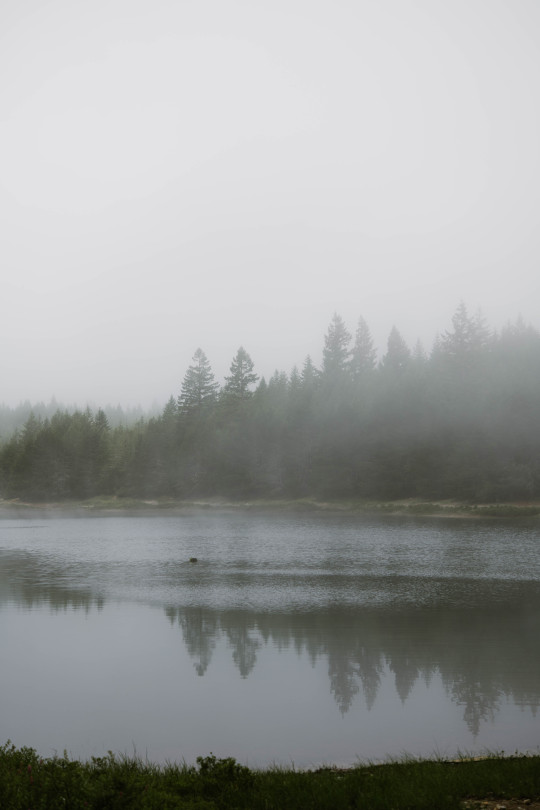
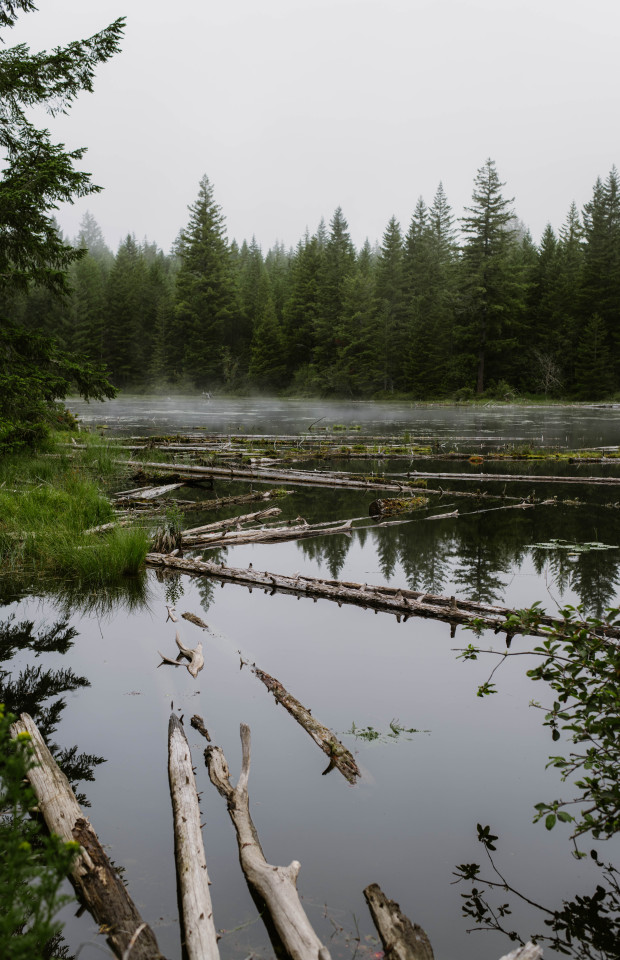
Nathaniel Sargent Lake and Rodney White Slough. These two bodies of water previously had racist names given to them but were recently renamed to honor two black pioneers
#history#fog#lake#landscape#forest#nature#beauty#photographers on tumblr#artists on tumblr#original photographers#original photography#photography#aesthetic#Washington#pnw#westcoastbestcoast#art#pacific northwest#explore#travel#cottagecore#naturecore#grandmacore#p#tahuya#seabeck
435 notes
·
View notes
Text
There was the time when the Washington State Legislature banned “aliens” — including people of Japanese ancestry — from leasing land in the 1920s. It was a Yakama tribal member who told the family not to worry, that they could farm a portion of his land.
There was the time when the Inabas returned home to Wapato after they were detained in a government internment camp during World War II. Amid widespread discrimination, another Yakama man carved out a parcel so that the Inaba family could rebuild their farm.
“If it wasn’t for the Indian nation, we would never have been able to be here,” Shiz Inaba, 93, recalled telling Mr. Inaba, her son.
0 notes